Discover Native Iguassu: Explore Its Unique Habitat and Biodiversity Secrets
Hippeastrum iguazuanum is native to the Misiones Province of Argentina and the Paraná State of Brazil. It has been reported that in Argentina, Hippeastrum iguazuanum grows in the Guaraní, Iguazú, Oberá, San Ignacio, and San Pedro departments. The bulbs were initially collected along the Arroyo Central on the road to Cabure, growing along small streams within the Iguazú National Park.
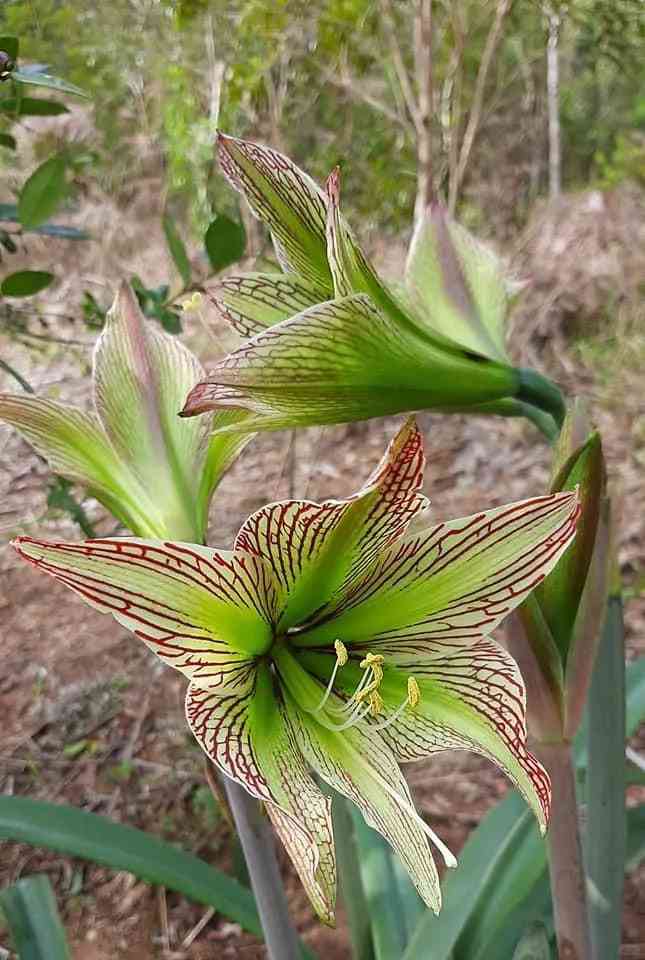
In 1971, Piero Ravenna exhibited the holotype specimen of this plant; while the paratype specimens were collected from plants found at Cataratas, Yaciu, and Lagoa Seca along Highway 101 in Brazil.
Hippeastrum iguazuanum goes dormant with leaf fall in winter and blooms in early spring (September and October in the Southern Hemisphere).
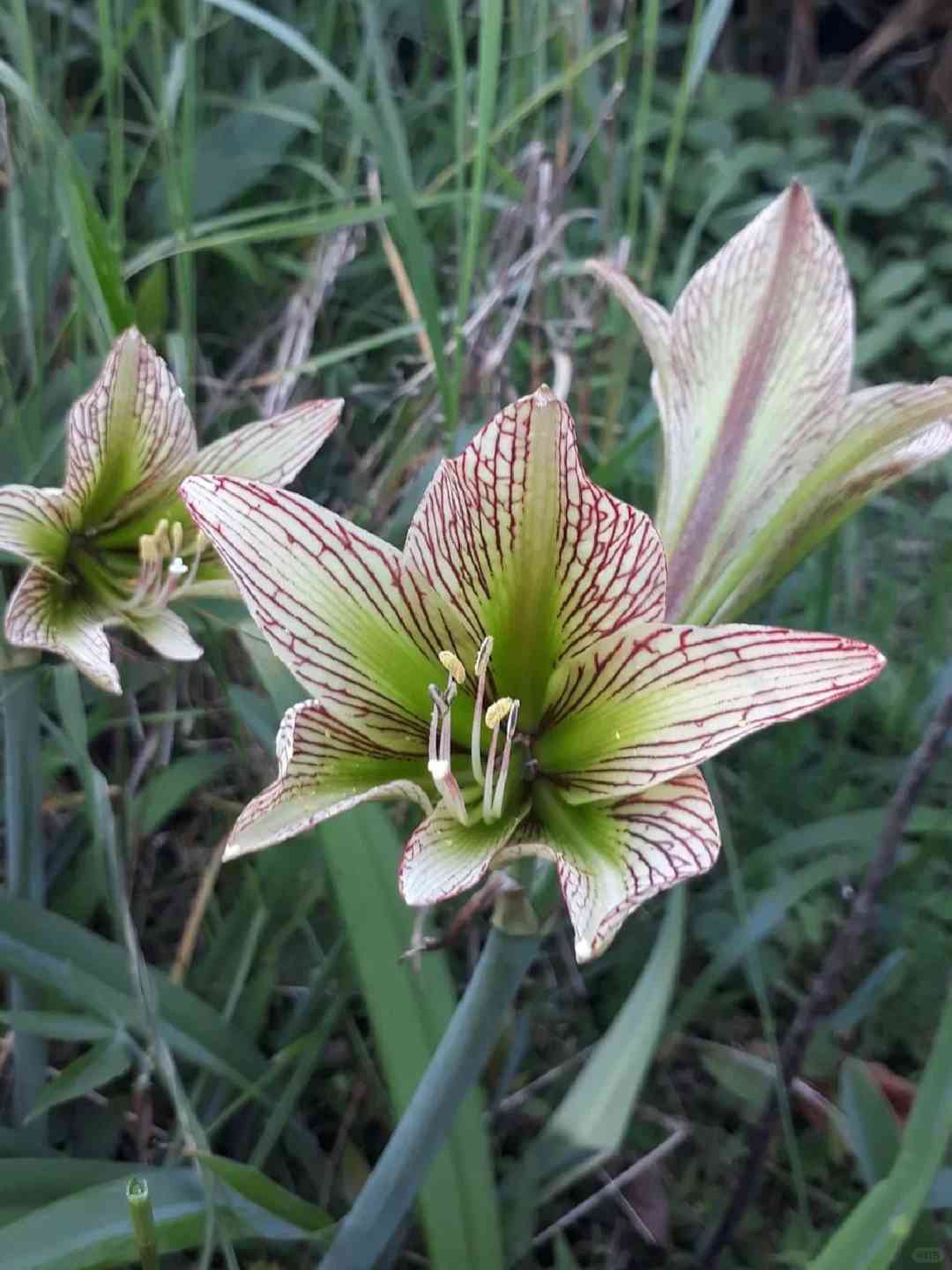
This plant also grows on cliffs facing dense forests. Hippeastrum iguazuanum has very interesting yellow-green flowers, with wavy petals, red veins, and stripes. This plant is easy to cultivate in pots and can even be grown outdoors in Mediterranean climates. The leaves are a beautiful gray-green, which distinguishes it from H.
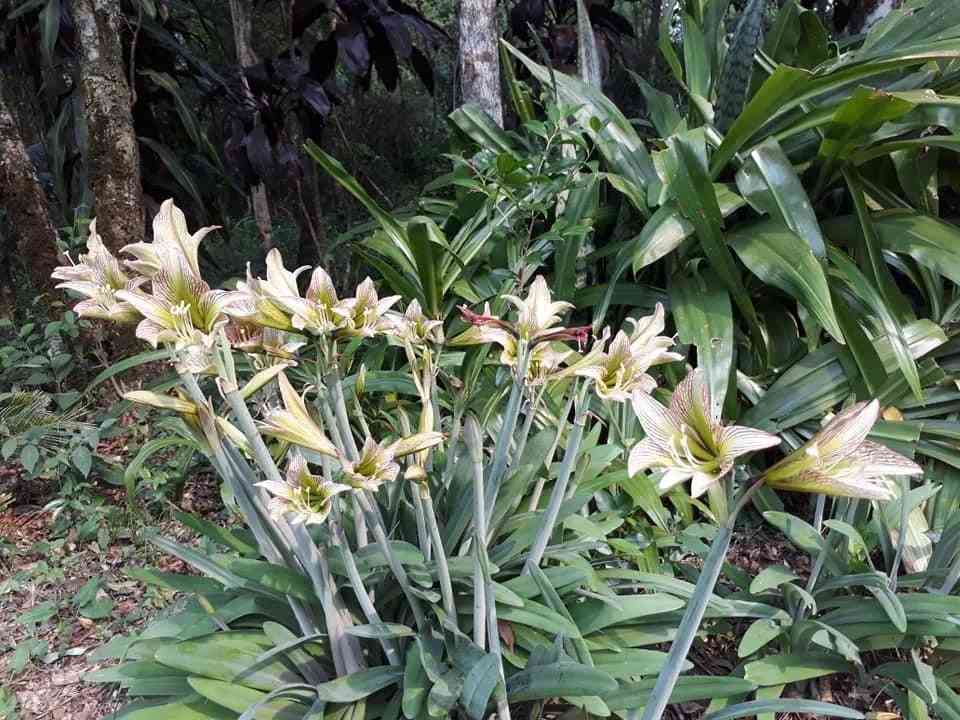
teyucuarense, a species very similar to Hippeastrum iguazuanum, but with leaves that have a pronounced groove and tips that curl backward. Some individuals of Hippeastrum iguazuanum, even when grown in shaded conditions, will produce young leaves that are deep purple. This plant is very prone to producing offsets.
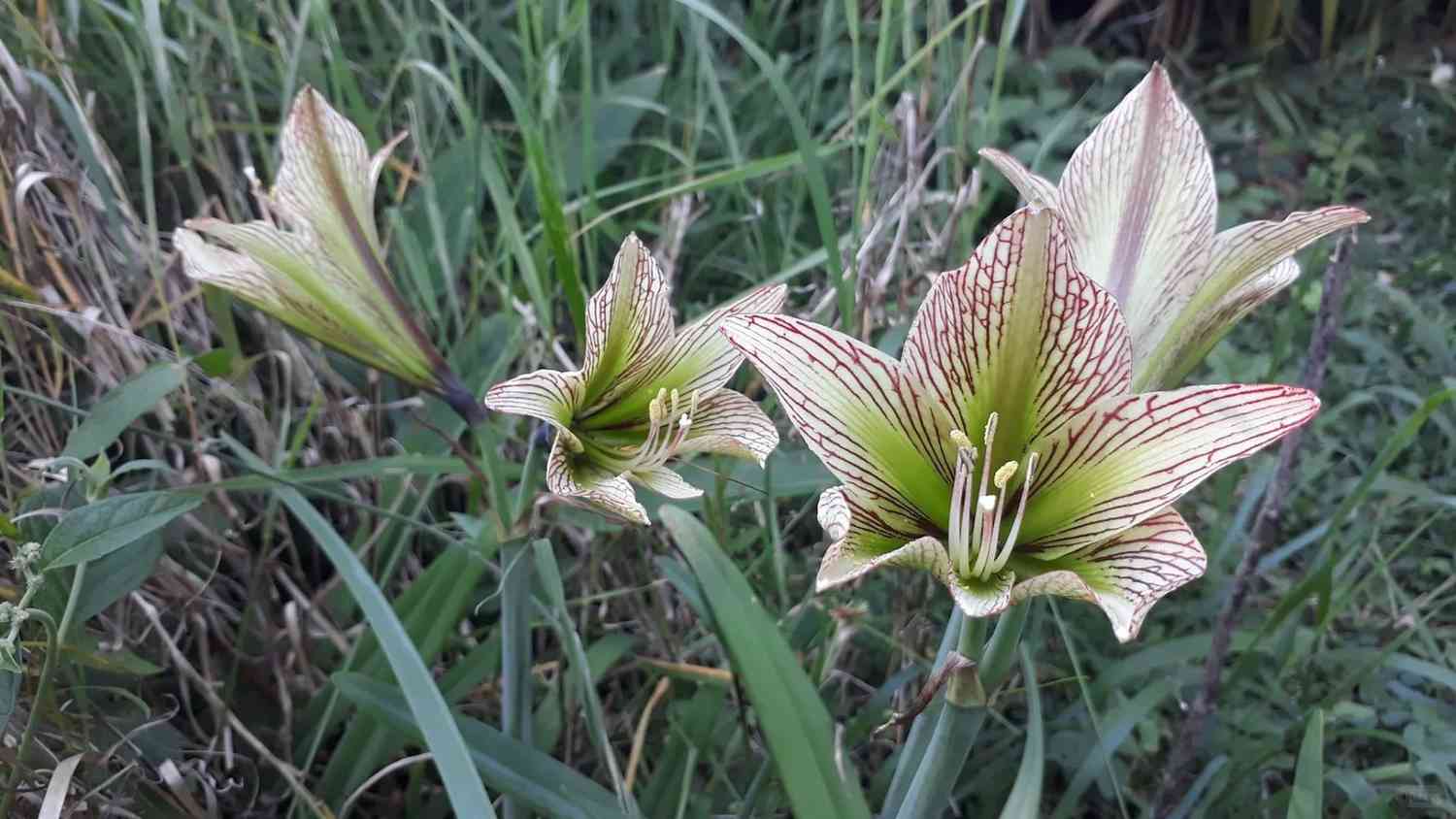
In 1984, Williams and Dudley calculated the chromosome number of Hippeastrum iguazuanum using the Acetocarmine technique, finding that its somatic chromosome number is 2n=24 (which can also be expressed as 2n=22+BB), whereas the normal diploid number for most Hippeastrum species is 2n=22. “B” is a very small chromosomal fragment, indicating that the characteristics of Hippeastrum iguazuanum, as well as those of H.
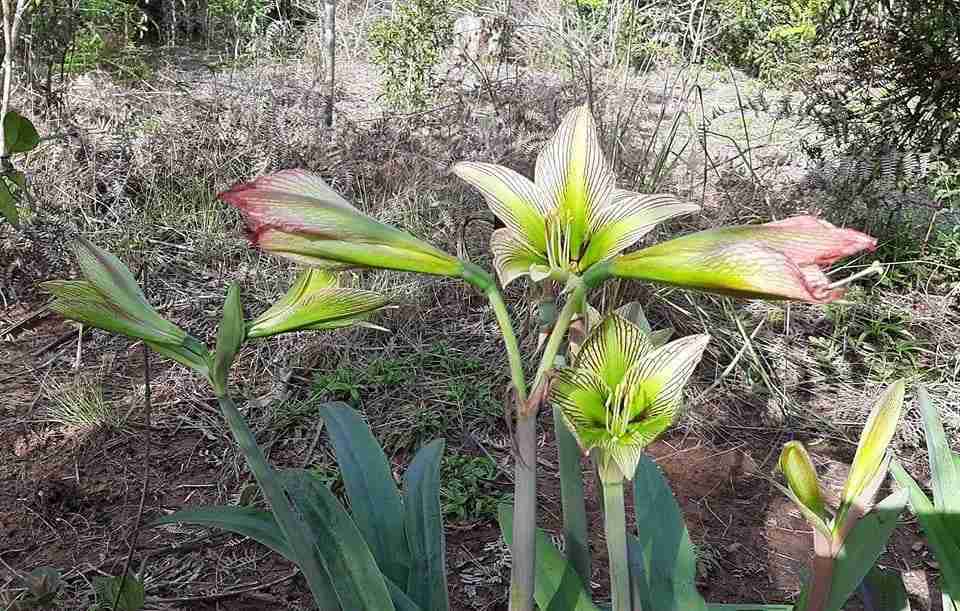
morelianum (2n=24; 22+BB) and H. forgetii (2n=22+B), may originate from the B fragment. The presence of B chromosomes is also associated with frequent flowering, as evidenced by the high frequency of flowering in Hippeastrum iguazuanum. Hippeastrum iguazuanum often produces multiple flower stalks simultaneously, although this can affect its reproductive capacity.
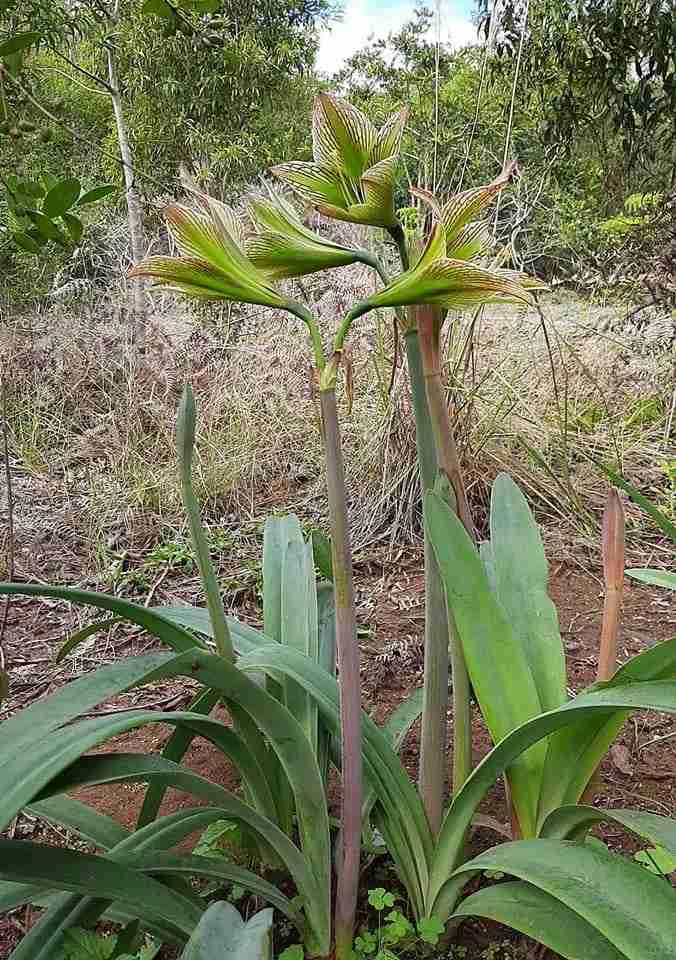
Mariano Saviello found that this plant is difficult to set seed and even to propagate different individuals through asexual means. Thus, the B chromosome is a double-edged sword, potentially affecting the plant’s reproductive ability, yet enabling frequent flowering to compensate for this. The presence of B chromosomes is also related to flower spotting, such as in H.
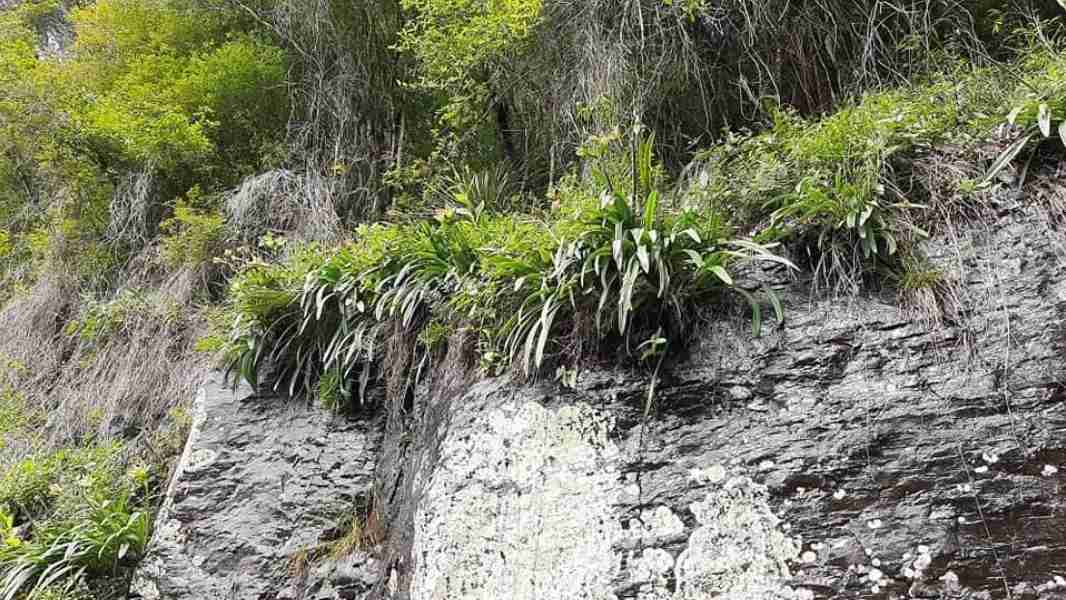
pardinum. Other Hippeastrum species with B chromosomes include H. brucefieldii, H. reticulatum, H. striatum, H. forgetii, and H. papilio. Additionally, diploid hybrids of Hippeastrum iguazuanum and diploid hybrids of H. morelianum can produce aneuploid offspring, which is confirmed by the hybridization of Hippeastrum iguazuanum with H.
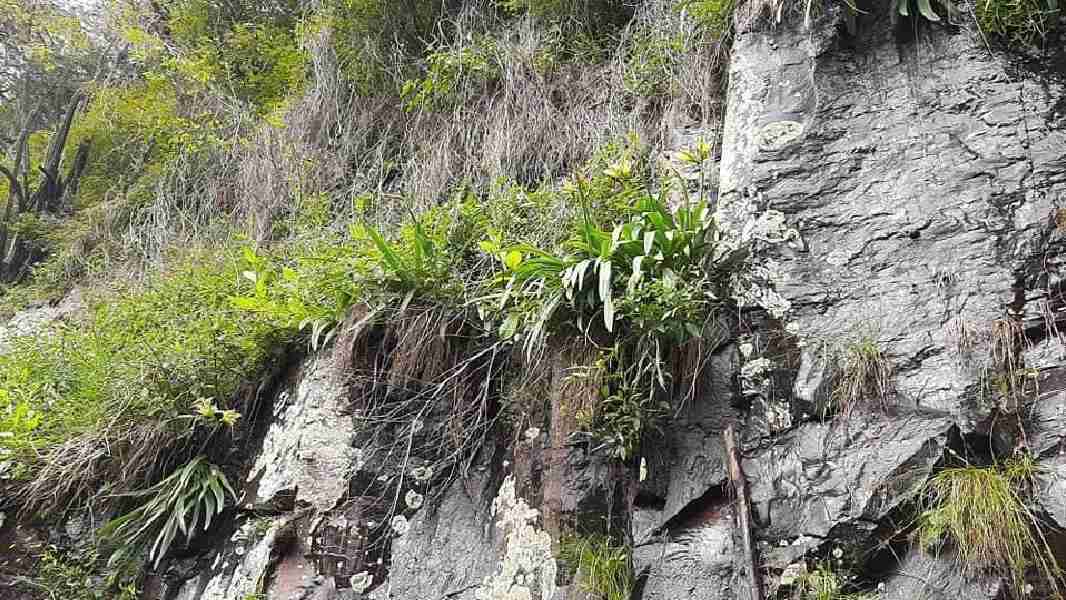
leopoldii.

